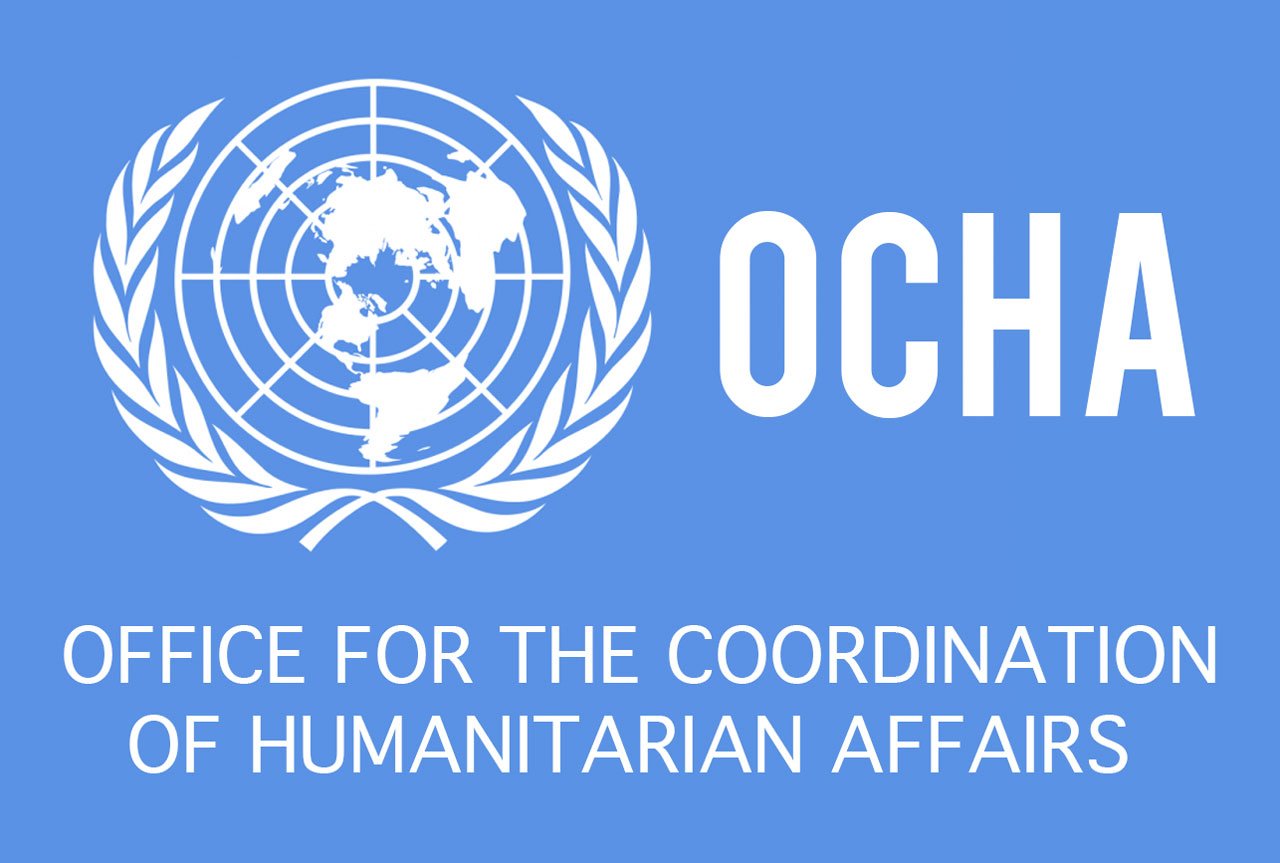In its latest update (23 to 28 September) on the humanitarian response to the Flood Daniel disaster in eastern Libya, the UN Office for the Coordination of Humanitarian Affairs in Libya (OCHA) reported that as international rescue teams begin to phase out, the humanitarian response is scaling up and coordination mechanisms have been fully established in Benghazi.
Meanwhile, Martin Griffiths, the UN Assistant Secretary-General for Humanitarian Affairs, said that the number of needs and the number of deaths as a result of the collapse of dams and bridges due to storms and heavy rains in eastern Libya are still unknown.
Griffiths stressed in a press conference in Geneva that the main challenge is coordinating the UN efforts with the government and local authorities in the east of the country and then determining the extent of the disaster.
The OCHA update, on the other hand, reported that about 27 partners are active in the affected area and have reached over 125,000 people in the first two weeks after the disaster. The update said humanitarian partners support cleaning and repairs of schools to ensure they can be reopened soon.
Affected people, the update said, say their most urgent concerns are access to safe drinking water, psychological support, health care and medicines to treat chronic diseases, high food prices and interrupted banking services, displacement, and damaged homes.
The report says that its first analysis on the scale of destruction and requirements for early recovery show that 250,000 people are affected, 250,000 are targeted for assistance, 40,000 are internally displaced, 4,255 are dead and 452 have been rescued.
As of 27 September, four international search-and-rescue (SAR) and three emergency medical teams (EMT) were continuing their operations in Derna, while 17 international teams demobilized. Over 800 rescue workers from 12 countries supported local first responders and together they were able to save 452 people in the first week after the disaster. As of 23 September, 8,500 people were reported missing.
Dealing with children
UNICEF works with relevant local authorities to register unaccompanied children, to reunite them with their families or find solutions for those who lost their parents in the floods.
The Displaced
The report says, as of 26 September, about 40,000 people remained displaced due to the floods (Libya Displacement Tracking Matrix (iom.int). Some displaced families have reportedly returned home, such as in in Almarj where 350 houses were damaged. Most displaced families are staying with host families; others are sheltering in 19 schools and other displacement sites. Some of the persons displaced by Storm Daniel had been previously displaced as a result of armed conflict.
Electricity and banking services are partly restored but continue to remain unavailable for many people. Food prices reportedly remain higher than usual. There is a shortage of medicines required for the treatment of chronic diseases. At least 40 health facilities and 117 schools were affected. People who remain in their damaged homes require support with relief items (NFIs) and access to essential services (Health, WASH). Demand for mental health and psychosocial support (MHPSS) is high.
2,200 buildings were destroyed in Derna
Satellite imagery analysis indicates that over 2,200 buildings were destroyed in Derna. Roads in the affected areas are progressively reopening, allowing access to more locations. The flood wave caused pollution in urban areas and altered the natural topography and covered land and coastal water with sediment. Extensive damage to the sewage system resulted in the contamination of soil and groundwater. No larger release of chemicals has been reported so far; but industrial sites and gas stations bear risks that require further analysis.
Impact on food and fishing
FAO has analysed remote sensing data which indicate that a small percentage of flooded land is cropland. However, impact on agricultural activities could be significant given the potential damage to irrigation networks and availability of irrigation water. The massive run-off of sediments, debris and pollutants reaching several kilometres off the coast will have a likely impact on marine life and the fishing sector.
Impact on schools
Restoring access to education is an immediate priority for humanitarian response. The school year had not yet started in the east of the country at the onset of the emergency, and as such schools in the 15 affected municipalities were closed. Following the floods, the start of the school year has been delayed until 1 October. Of the 447 schools in the affected municipalities, 117 were impacted by the floods; 4 were completely destroyed, 40 were severely damaged and the remaining 73 were partially damaged or rendered unusable due to mud and debris. In addition, 19 schools are being used to shelter IDPs.
UNICEF is coordinating with local authorities to support the clean-up and rehabilitation of schools, to ensure that children can return to school safely from the beginning of October, the report concluded.









